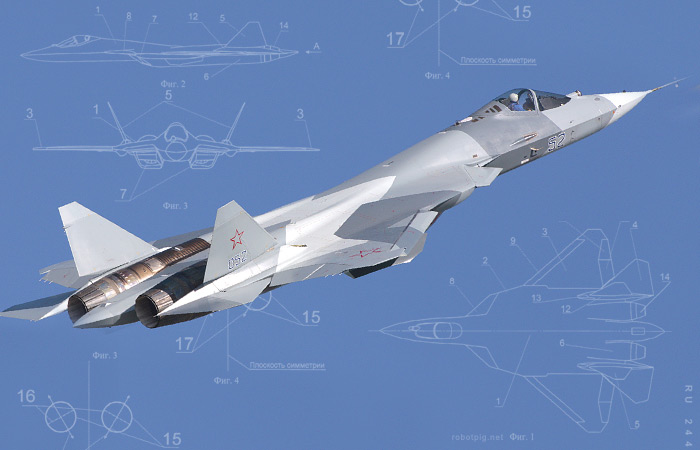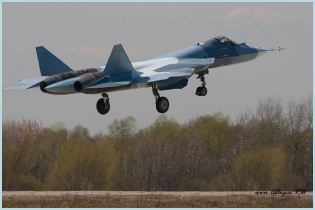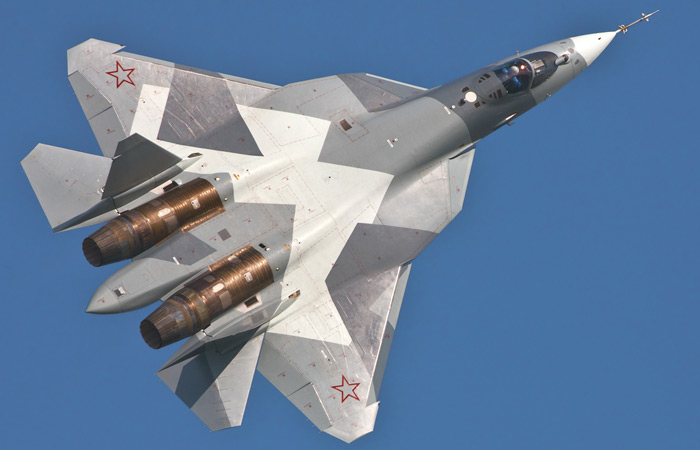Name: Sachin Ramesh Tendulkar.
Nickname: Little Master, Master Blaster, Cricket God
 Birth Date: April 24, 1973
Birth Date: April 24, 1973
Zodiac Sign: Taurus
Birth Place: Mumbai, India
Profession: Cricket
Sex: Male
Nationality: Indian
Height: 5 ft 5 in (1.65 m)
Education: Sharadashram Vidyam
Batting style: Right-hand bat
Bowling style: Right-arm offbreak, Legbreak googly
Major Teams - India, Asia XI, Mumbai, Mumbai Indians, Yorkshire
Coach : Ramakant Achrekar
Information about Sachin ’s Family
Father: Sri Ramesh Tendulkar
Wife: Smt Anjali Mehta
Children: One daughter, Sara and a son Arjun
Brothers: Ajit and Nitin
Sister : Savitai
Sachin Ramesh Tendulkar was born on April 24, 1973 in Mumbai, India. He went to Shradashram Vidyamandir, a high school in Mumbai, where he began his cricketing career under his coach Ramakant Achrekar. He attended the MRF Pace Foundation during his schooldays to train as a fast bowler, but Australian fast bowler Dennis Lillee, who saw him training, was not much impressed and suggested that Tendulkar should focus on his batting instead. As a young boy, Tendulkar would practice for hours at the net, and was driven hard by his coach Achrekar.
While at school, his extraordinary batting skills got noticed by the sports circuit. People felt that the young boy would soon become one of the greats in cricket. In the 1988 season, he scored a century in every inning that he played. In one of the inter school matches that year, he had an unbroken 664-run partnership with friend and team mate Vinod Kambli.
 When he was 14, Indian batting legend Sunil Gavaskar a great Indian batsman of that time, gave him a pair of his own light pads. This touching gesture greatly encouraged the budding cricketer, who 20 years later broke Gavaskar’s world record of 34 Test centuries.
When he was 14, Indian batting legend Sunil Gavaskar a great Indian batsman of that time, gave him a pair of his own light pads. This touching gesture greatly encouraged the budding cricketer, who 20 years later broke Gavaskar’s world record of 34 Test centuries.
In 1988, when he was just under 16, he scored 100 not out in for Bombay against Gujrat. This was on his first-class debut. He then scored a century in his first appearance in the Deodhar and Duleep Trophy. Mumbai captain Dilip Vengsarkar picked him up after seeing him batting Kapil Dev in the nets. That season he was Bombay’s highest run-getter. In the Irani Trophy final, He made an unbeaten century. He scored a century in all three of his Irani Trophy, Ranji Trophy and Duleep Trophy debuts, and became the first player to do so. He was selected for the tour of Pakistan next year.
At the very young age of 16, Sachin played his first Test match against Pakistan in Karachi in 1989. In this Test, he received several blows to his body at the hands of Waqar Younis, a pace bowler. He made just 15 runs. In the last test in Sialkot, he had a bloody nose from a bouncer, but he went on playing. He scored better in the subsequent games, scoring 53 runs of 18 balls at Peshawar.
In the 1990 Test in England he scored a century at Old Trafford. The English were highly impressed by his disciplined display of immense maturity. He played many types of strokes. His off-side shots from the back foot greatly impressed the English. Though short in height, he confidently faced short deliveries from the English pace bowlers. His great performance made him look the embodiment of Gavaskar, India’s former famous opener.
During the 1991-1992 tour of Australia Tendulkar scored and unbeaten 148 in Sydney and another century on a bouncing pitch a Perth.
At the age of 19, Tendulkar was in England, playing for Yorkshire in 1992. He scored 1070 runs at an average of 45.25 while playing for the English county as the first overseas player.
 In the 2003 Cricket World Cup, he made 673 runs in 11 matches which enabled India reach the final. Although Australia won the trophy Tendulkar was given the Man of the Tournament award.
In the 2003 Cricket World Cup, he made 673 runs in 11 matches which enabled India reach the final. Although Australia won the trophy Tendulkar was given the Man of the Tournament award.
Shortly after this Tendulkar developed a tennis elbow and he was out of cricket for a while. But by 2005, he was back in form. He played well against Australia, Sri Lanka and Pakistan.
Tendulkar performed very well against Bangla Desh and he was adjudged the Man of the Series in the Future Cup against South Africa.
Today Tendulkar is a national icon to fans all over the world. He is the most worshipped cricketer in the world. Tendulkar has been granted the Padma Vibhushan, Padma Shri, Rajiv Gandhi Khel Ratna, Arjuna Award, Padma Vibhushan by the Indian government.
Personal Life
In 1995, Sachin married Anjali, a doctor and the daughter of Gujarati industrialist Anand Mehta. They have two children, Sara and Arjun. Tendulkar now sponsors 200 underprivileged children every year through a Mumbai-based NGO.
Sachin Tendulkar is the cricketer who is born to break all records. He has broken many records and till date even today he is getting stronger and stronger. As of February 2010, Sachin holds following records
Sachin Tendulkar Records
Test Match Records
Sachin Tendulkar is the highest run scorer in the Test cricket.
First cricketer to pass 12,000 run in Test cricket.
Highest number of centuries in Tests (47).
Sachin is the only player who has 40 wickets and more than 11,000 runs in Tests.
Sachin Tendulkar is the youngest player to score 1,000 Test runs, 2,000 Test runs, 3,000 Test runs, 4,000 Test runs, 5,000 Test runs, 6,000 Test runs, 7,000 Test runs, 8,000 Test runs, 9,000 Test runs and 10,000 Test runs.
Sachin Tendulkar has played Test cricket at a record 52 different grounds.
In 2002, Wisden rated him as the second greatest Test batsman after Sir Donald Bradman.
On 3 January 2007, Sachin (5,751 runs) edged past Brian Lara’s (5,736 runs ) world record of runs scored in Tests away from home.
Sachin’s record of five Test centuries before he turned 20 is a current world record.
Sachin Tendulkar became the first Indian to surpass the 11,000 Test runs mark
Sachin Tendulkar has played the most number of Test Matches (144) for India.

One-Day Internationals Records
Sachin Tendulkar is the only batsmen to score a double hundred (200 in 147 balls against South Africa on 24Feb 2010) in ODI.
Sachin Tendulkar has the most number of ODI centuries(46).
Sachin Tendulkar has the most number of fifties in ODIs (93).
Sachin Tendulkar has the most number of runs in ODI cricket (17598).
Sachin Tendulkar was the first cricketer to pass 10,000 runs in ODIs.
Sachin Tendulkar was the first cricketer to pass 15,000 runs in the ODIs.
Sachin Tendulkar has won Man of the Match award 56 in the ODIs, making him the the best of all
Sachin Tendulkar has most number of Man of the Series award, 14 in total.
Sachin Tendulkar has won Most man of match awards (10) against Australia.
Sachin Tendulkar has the highest ODI score among Indian batsmen (186* against New Zealand at Hyderabad in 1999).
Sachin Tendulkar has Appeared in highest number of ODIs (425).
Sachin Tendulkar is the only player to be in top 10 ICC ranking for 10 years.
Sachin Tendulkar has scored 1,894 runs in calendar year in ODIs – the most by any batsman.
Sachin Tendulkar has the record of most centuries in a calendar year: nine ODI centuries in 1998.
He has scored 1,000 runs in a calendar year on six separate occasions – 1994, 1996, 1997, 1998, 2000 & 2003.
In 1998 he had nine one-day centuries in a year making him the only player to do it.
Sachin Tendulkar is the fastest cricketer to reach 10,000 runs, taking 259 innings and has the highest batting average among batsmen with over 10,000 ODI runs.
Sachin Tendulkar has scored over 1,000 ODI runs against all major cricketing nations.
In 1998 he scored a total of 1,894 runs, a record number of runs scored in ODIs in a single year.
Sachin with Sourav Ganguly hold the world record for the maximum number of runs scored by the opening partnership. They have put together 6,271 runs in 128 matches.The duo also has a record of 20 century partnership for opening pair.
He is the only player ever to pass the 13,000, 14,000 and 15,000 run marks in ODIs.
Sachin and Rahul Dravid hold the world record for the highest partnership in ODI matches when they scored 331 runs against New Zealand in 1999.
Sachin is the only player who has 150 wickets and more than 15,000 runs in ODIs.
In 2003, Wisden rated Sachin as No. 1 and Richards at No. 2 in the list of all-time greatest ODI players.















